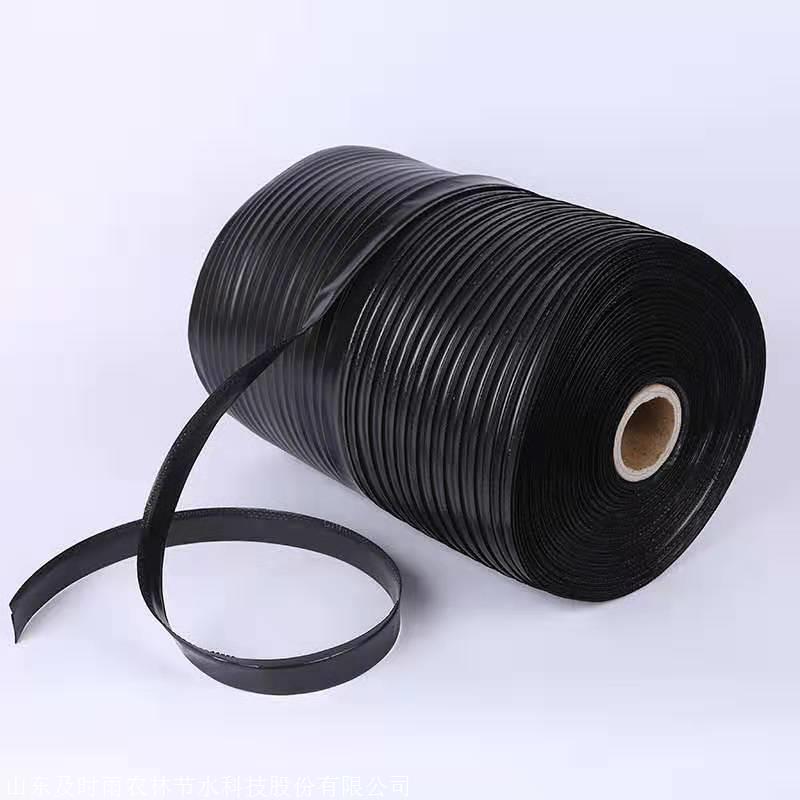Greenhouse vegetable cultivation is a common practice appreciated for its excellent insulation properties, allowing year-round access to off-season vegetables. Typically, greenhouses feature structures primarily composed of bamboo and steel, covered with one or multiple layers of insulating plastic film. This simple setup creates a complete greenhouse space, effectively retaining carbon dioxide during vegetable growth to achieve the desired insulation effect.

With economic and agricultural policy adjustments and advancements in production technology, the advantages of greenhouse cultivation have become increasingly evident. However, along with its benefits, greenhouse cultivation also presents various challenges, stemming from both natural and human factors. Since mastering greenhouse cultivation techniques varies among individuals, below are some technical issues related to greenhouse vegetable cultivation to help overcome common misconceptions.
Pitfall 1: Excessive Fertilization for Faster Growth
- Misconception: There’s a belief that heavy fertilization in greenhouses leads to higher yields. However, excessive soil salinity (above 0.65%) can lead to root osmosis and plant death, resulting in reduced yields.
- Solution: Limit chicken and cow manure to 2500 kg each in greenhouses older than three years. Reduce chemical fertilizer usage by around 50%. For high-salinity soils, apply organic fertilizer, improve soil aeration, and balance nutrients to create conditions for sustained high yields. Utilize soilless cultivation techniques for eco-friendly nutrient management.
Pitfall 2: Overcrowding for Increased Yield
- Misconception: It’s believed that more seedlings in a greenhouse lead to higher yields due to faster growth at higher temperatures.
- Solution: Install two ventilation outlets in the greenhouse for timely cooling. Manage temperature according to the requirements of various vegetables’ growth stages. Use shading materials to reduce light intensity and prevent excessive greenhouse temperatures. Utilize water bags in the greenhouse to absorb and release heat, moderating temperatures.
Pitfall 3: Overcrowding for Increased Yield
- Misconception: More seedlings lead to higher yields. However, winter temperatures and weak sunlight limit plant physiological activity and photosynthesis, hindering yield potential.
- Solution: Opt for reasonable plant spacing for winter crops. Implement dense planting in the early stage, thinning in the middle stage, and pruning in the late stage to increase yields and efficiency. Consider LED supplementary lighting to enhance photosynthesis in areas with limited sunlight. Use new films and dust regularly.
Pitfall 4: Frequent Pesticide Spraying for Disease Prevention
- Misconception: Frequent pesticide spraying prevents disease spread. However, excessive pesticide use disrupts ecological balance and only addresses immediate threats without addressing underlying issues.
- Solution: Identify diseases accurately and spray pesticides accordingly. Improve the ecological environment by reducing humidity and enhancing ventilation to minimize disease occurrence. Focus on preventive spraying for soil-borne diseases during the seedling stage.
Pitfall 5: Lush Foliage as an Indicator of Healthy Growth
- Misconception: Thick foliage signifies healthy crops. However, excessive watering leads to shallow roots and nutrient imbalance, hindering reproductive growth and reducing yields.
- Solution: Follow the principle of deep rooting and controlled watering during the seedling stage to promote deep root growth. Balance vegetative and reproductive growth to increase yields. Employ soilless cultivation techniques for precise water supply and temperature control, enhancing productivity.
Pitfall 6: Multiple Crop Rotations for Increased Income
- Misconception: Building greenhouses must result in continuous cultivation to avoid downtime. However, planting multiple consecutive crops often leads to reduced yields and profitability.
- Solution: Opt for a single major crop rotation per winter, followed by a period of soil preparation and greenhouse maintenance during the summer. Implement deep plowing, rainwater leaching, sun exposure for sterilization, greenhouse pest control, and soil maturation during this period. Properly schedule greenhouse vegetable rotations to maximize efficiency and yield.



